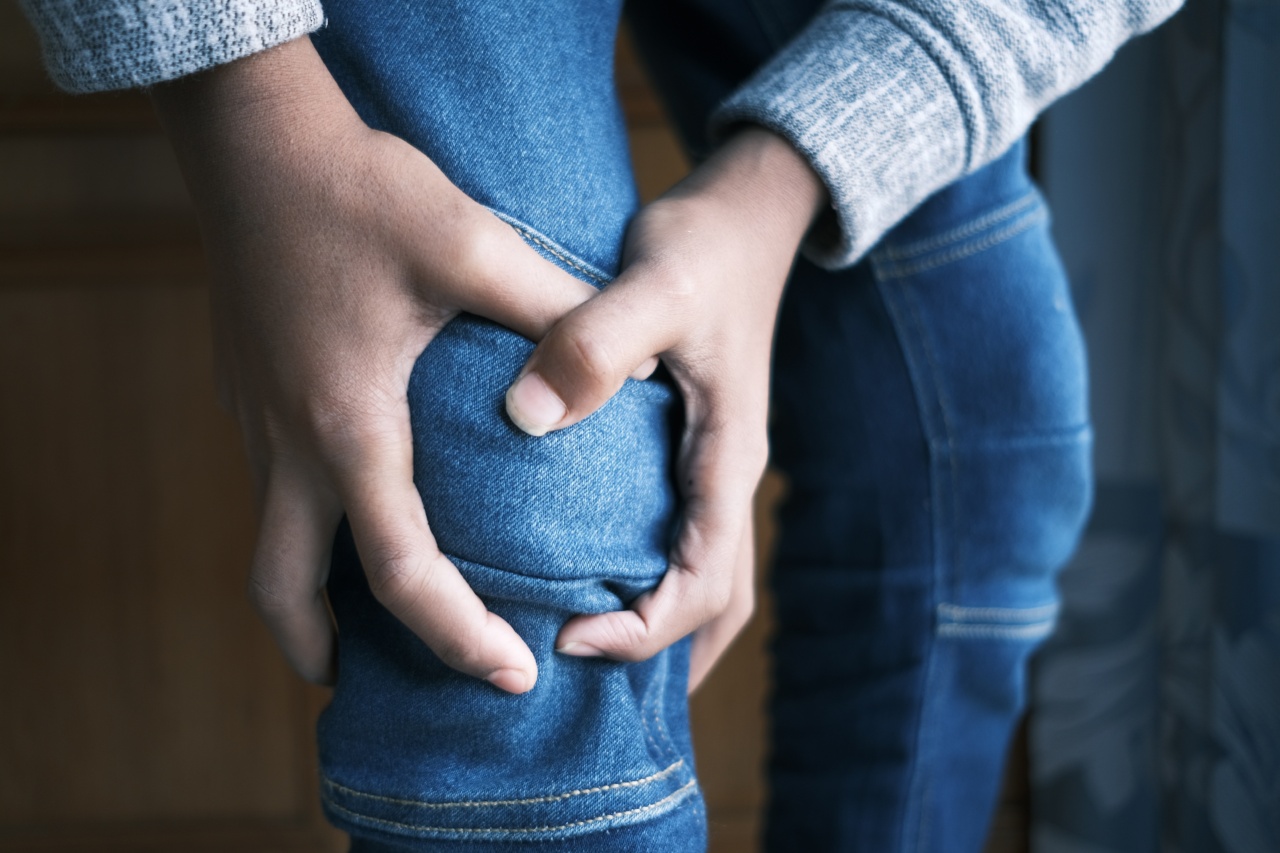Knee osteoarthritis, also known as degenerative joint disease, is a common condition that affects millions of people worldwide.
It occurs when the protective cartilage that cushions the ends of the bones in the knee joint wears down over time, leading to pain, stiffness, and swelling.
Causes of Knee Osteoarthritis
Although the exact cause of knee osteoarthritis is still unknown, several factors can contribute to its development:.
1. Age: The risk of developing knee osteoarthritis increases with age as the wear and tear on the knee joints accumulate over time.
2. Obesity: Excess weight places added stress on the knee joints, accelerating the breakdown of cartilage.
3. Previous injury: Individuals who have previously injured their knee, such as a torn ligament or meniscus, are more prone to developing osteoarthritis in the affected joint.
4. Genetic factors: Certain genetic traits can make individuals more susceptible to developing osteoarthritis.
Symptoms of Knee Osteoarthritis
The symptoms of knee osteoarthritis can vary from person to person, but they typically include:.
1. Knee pain: Pain in and around the knee joint is the most common symptom of osteoarthritis. The pain may worsen with activity or after prolonged periods of inactivity.
2. Stiffness: The knee joint may feel stiff, especially after periods of rest or in the morning.
3. Swelling: Swelling around the knee joint is common, and it may be accompanied by redness and warmth.
4. Limited range of motion: As the disease progresses, it may become more difficult to fully straighten or bend the knee.
Managing Knee Osteoarthritis
While there is no cure for knee osteoarthritis, there are several strategies that can help manage the pain and improve the quality of life:.
1. Exercise
Regular exercise is crucial for maintaining joint health and flexibility. Low-impact activities such as swimming, biking, and walking can help strengthen the muscles surrounding the knee, reducing the burden on the joint itself.
2. Weight Management
Maintaining a healthy weight is essential for reducing the stress on the knee joints. Losing even a small amount of weight can significantly relieve the symptoms of osteoarthritis.
3. Pain Medications
Over-the-counter pain relievers such as acetaminophen and nonsteroidal anti-inflammatory drugs (NSAIDs) can help alleviate mild to moderate knee pain. However, these medications should be used under the guidance of a healthcare provider.
4. Physical Therapy
A physical therapist can design an individualized exercise program to strengthen the muscles around the knee joint, improve mobility, and reduce pain.
5. Assistive Devices
Using assistive devices such as knee braces, crutches, or a cane can provide support to the knee joint and minimize pain during daily activities.
6. Heat and Cold Therapy
Applying heat or cold to the affected knee can help reduce pain and inflammation.
Heat therapy, such as warm towels or heating pads, can relax the muscles and increase blood circulation, while cold therapy, such as ice packs, can numb the area and reduce swelling.
7. Injections
Corticosteroid injections can help manage severe knee pain and inflammation. These injections provide temporary relief and may be administered under the guidance of a healthcare professional.
8. Surgery
In severe cases where other treatment options have failed, surgery may be recommended. Surgical procedures such as arthroscopy, joint realignment, or joint replacement can help restore function and alleviate pain.
Lifestyle Changes to Support Knee Health
In addition to the above strategies, adopting certain lifestyle modifications can further support knee health:.
1. Avoid High-Impact Activities
Avoid or minimize activities that place excessive stress on the knee joints, such as running or jumping.
2. Wear Supportive Shoes
Choose shoes that provide adequate support and cushioning to minimize impact on the knees.
3. Use Proper Body Mechanics
When lifting heavy objects or performing any physical activity, ensure proper body mechanics to avoid unnecessary strain on the knee joints.
4. Practice Good Posture
Maintaining good posture distributes weight evenly and reduces stress on the knees. Avoid slouching or standing for prolonged periods.
Conclusion
Knee osteoarthritis can be a debilitating condition, but there are various ways to overcome the pain and manage the symptoms.
By adopting a combination of lifestyle modifications, exercise, pain management techniques, and seeking appropriate medical care, individuals with knee osteoarthritis can improve their quality of life and maintain their knee health.































